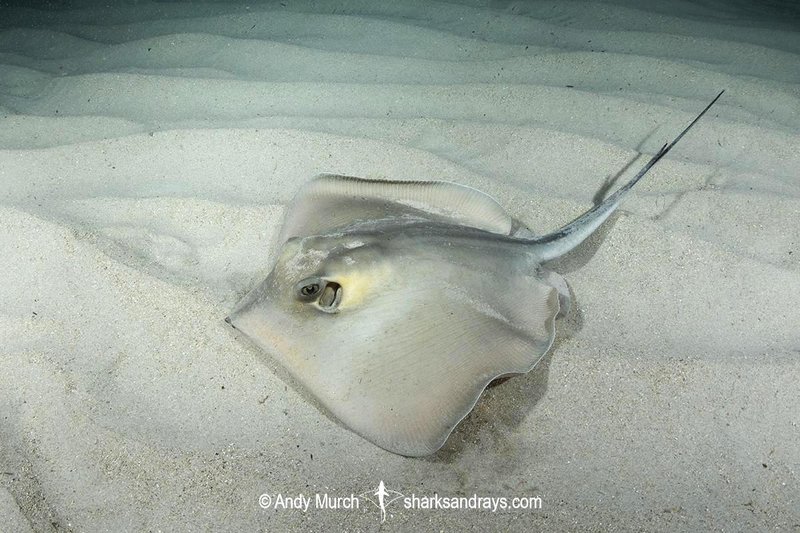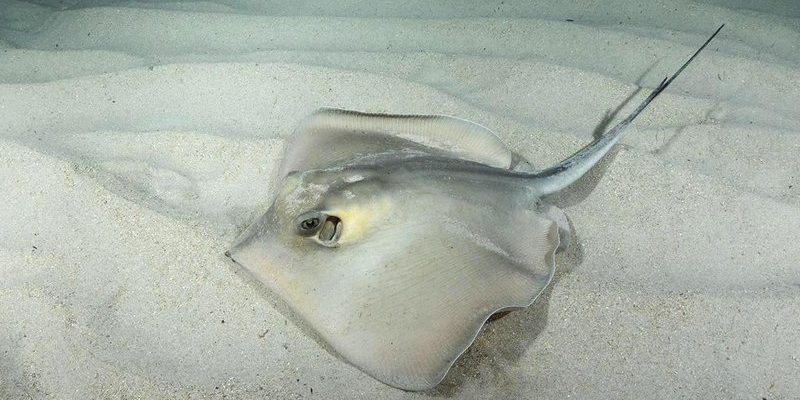
Imagine walking through a bustling market filled with vibrant colors and lively activity. Just like that market, the ocean is a bustling place full of life. But lurking within this beauty are dangers that threaten the existence of stingrays. From habitat loss to fishing practices, these threats can turn the vibrant life of the ocean into a desolate landscape. So, let’s dive deeper into the world of stingrays and explore what goes on beneath the surface.
Habitat Loss
One of the biggest threats to stingrays is habitat loss. Coastal development, such as the construction of hotels, roads, and marinas, can destroy the shallow waters where stingrays thrive. Think of it as moving furniture out of your home—if you take away the places where they hide and rest, they no longer feel safe.
Wetlands and estuaries, which are crucial for many marine species, are often drained for development. These areas not only provide shelter for stingrays but also serve as nursery grounds for young rays. Without these crucial habitats, stingrays find it harder to survive and reproduce.
Additionally, pollution from urban runoff and agricultural practices can lead to degraded water quality, making it difficult for stingrays to thrive. It’s like trying to breathe in a room filled with smoke; it’s just not going to work out well. Maintaining clean, healthy habitats is key to the survival of stingrays.
Overfishing and Bycatch
Next up is overfishing and bycatch. While stingrays themselves might not be the target of fishing, they often get caught unintentionally in fishing nets and lines. This is called bycatch, and it’s more common than you might think.
Many fishing practices, especially those using bottom trawls, can unintentionally trap stingrays. Imagine trying to catch fish with a net, but instead, you’re also pulling in everything else that lives on the ocean floor. The unintended consequences can be dire for stingrays and other marine life.
Overfishing also leads to imbalances in the ecosystem. When fish populations decline, stingrays might struggle to find food. It’s a ripple effect—when one species is affected, many others, including stingrays, feel the impact. Ensuring sustainable fishing practices is crucial to protecting these creatures and their habitats.
Climate Change
You may have heard people talk about climate change as a buzzword, but it has real consequences for marine life, including stingrays. Rising ocean temperatures can lead to coral bleaching and changes in the distribution of food sources.
Warmer waters can also change the breeding patterns of stingrays. Just like how the seasons affect our activities, changes in water temperature can alter when and where stingrays reproduce. This can lead to further population declines, as their young may not have the right conditions to survive.
Moreover, ocean acidification, a result of increased carbon dioxide levels, can affect the overall health of marine ecosystems. This is a double whammy for stingrays—less food and an unhealthy environment to live in. Addressing climate change is essential for the future of all marine creatures, including our gliding friends, the stingrays.
Pollution
Let’s talk about pollution—something we encounter daily, but its effects can be devastating, especially for marine life. Stingrays are vulnerable to various pollutants, including plastics, heavy metals, and chemicals.
When plastic waste makes its way into the ocean, it can entangle or be ingested by stingrays, leading to injury or even death. Picture a stingray casually gliding through the water only to encounter a plastic bag that looks like food. It’s a harmful mistake that far too many marine animals make because they don’t know any better.
Chemical runoff from agriculture, such as pesticides and fertilizers, can lead to harmful algal blooms that not only affect stingrays but the entire marine ecosystem. These blooms can reduce oxygen levels in the water, making it hard for stingrays (and many other sea creatures) to survive. Tackling pollution requires collective action to keep our oceans clean and healthy.
Illegal Fishing and Wildlife Trade
Illegal fishing practices pose significant threats to stingrays as well. Poachers often target these creatures for their aesthetic value, selling them in the pet trade or for decorative items. This illegal wildlife trade disrupts populations and takes stingrays from their natural environments.
Moreover, without proper regulation, the overfishing of certain species can lead to ecological imbalances. You might think of it like a house of cards—remove one card, and everything collapses. When stingray populations are diminished, the effects can trickle down through the food chain, affecting countless other species.
Advocating for responsible practices and supporting legislation that protects stingrays can help reduce these destructive behaviors. We all have a role to play in ensuring future generations can appreciate stingrays in the wild.
Human Interaction
Lastly, human interaction often disrupts the natural behaviors of stingrays. Tourists and beachgoers may unknowingly harm these creatures while engaging in activities like snorkeling, diving, or even just walking through their habitats.
In some areas, stingrays can become accustomed to human presence, which isn’t always a good thing. They may start to associate humans with food, leading to dangerous situations where stingrays can be harmed or become aggressive if provoked.
It’s important to educate ourselves and others about respecting marine life and their habitats. Just like we have personal space, stingrays need their own space to thrive without interference from our activities. Practicing responsible ocean tourism helps ensure these graceful creatures can swim freely and safely.
Conservation Efforts
So, what can we do to help? Conservation efforts are vital for protecting stingrays and their habitats. Several organizations focus on the conservation of marine life, advocating for responsible fishing practices, habitat restoration, and community education.
Supporting local and global initiatives can make a difference. Whether it’s participating in beach clean-ups, spreading awareness about the threats stingrays face, or choosing sustainable seafood options, every little action counts.
Moreover, protecting marine protected areas can provide safe havens for stingrays and numerous other species to thrive. Think of it as creating sanctuaries where these magnificent creatures can live without fear of human interference. With collective efforts, we can help reduce threats to stingrays and ensure their survival for generations to come.
In conclusion, stingrays are enchanting creatures that play vital roles in our marine ecosystems. However, common threats like habitat loss, overfishing, climate change, pollution, illegal trade, and human interaction put their survival at risk. By understanding these challenges and taking actionable steps toward conservation, we can help protect these graceful inhabitants of our oceans. Let’s work together to ensure that stingrays continue to glide gracefully through our underwater world.

